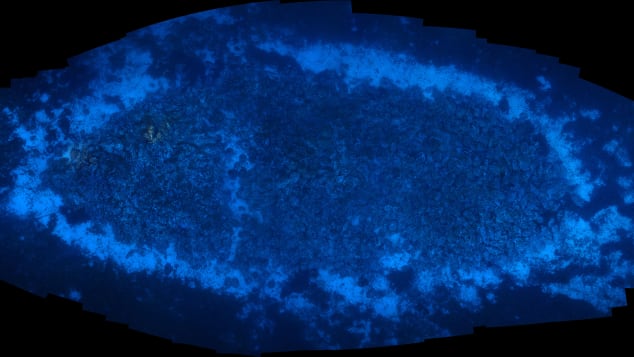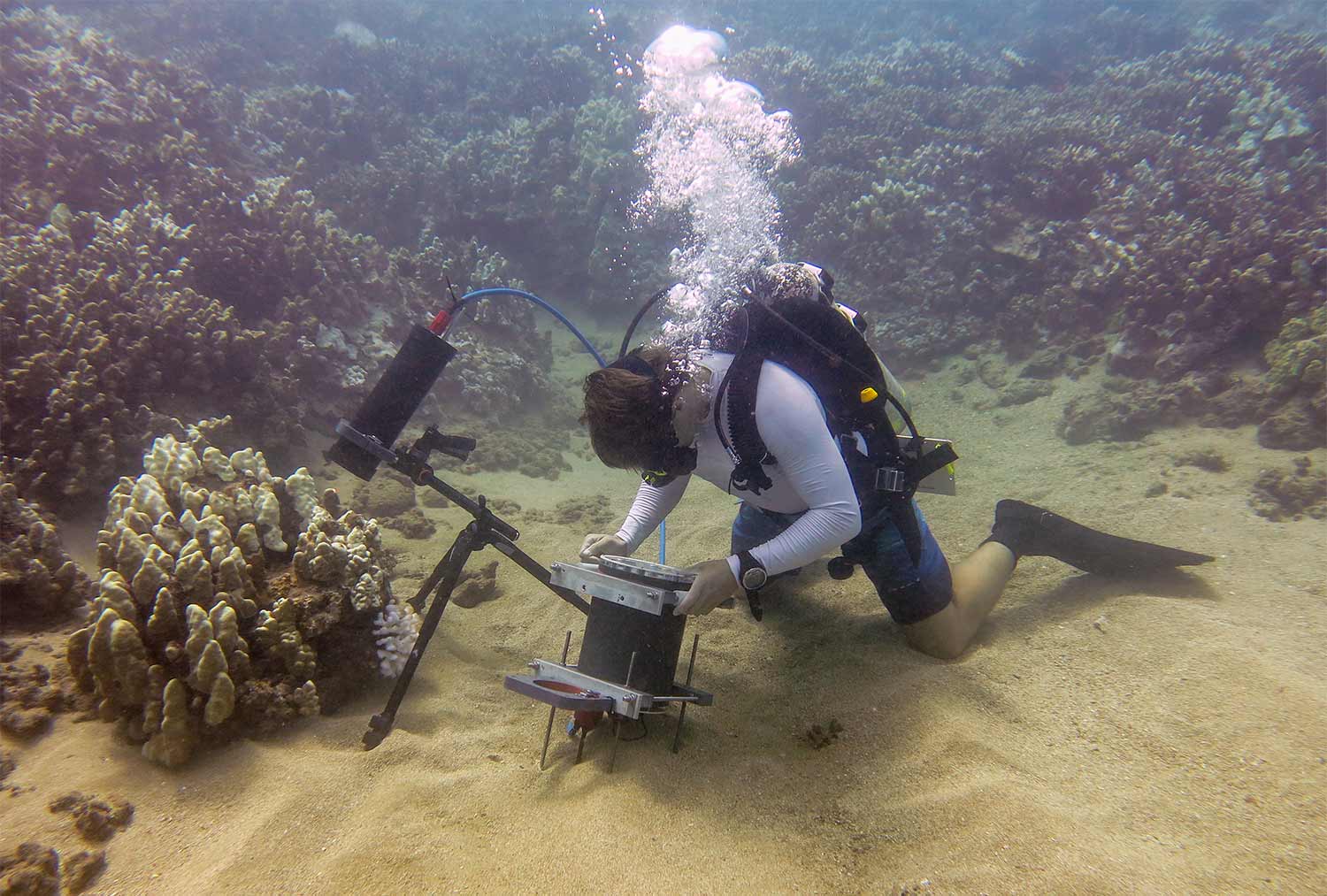Locating a 2,000-year-old Roman Shipwreck with Image Processing and AI
Archaeologists recently discovered a Roman shipwreck in the eastern Mediterranean. The ship and its cargo are both in good condition, despite being 2,000 years old. The wreck, named the Fiskardo after the nearby Roman Empire port of the same name, is the largest shipwreck found in the region to date. The Fiskardo is filled with amphorae — large terracotta pots that were used in the Roman Empire for transporting goods such as wine, grain, and olive oil.
CNN reported, “The survey was carried out by the Oceanus network of the University of Patras, using artificial intelligence image-processing techniques.”
Archaeologists Use Artificial Intelligence for Image Processing
The Fiskardo wreck was discovered by George Ferentinos and his colleagues from the University of Patras, Greece. The team published its findings in the Journal of Archaeological Science.
The team explored the seafloor around the coast of Cephalonia Island in the Ionian Sea using a form of sonar imaging called side-scan sonar. The expedition completed the survey in two phases. First, a “reconnaissance survey” was used for a fast, high-density scan to determine the overall seascape of the study area and zero-in on potential seafloor targets. Next, a “site-specific survey” was completed to achieve a detailed scan of potential seafloor targets that might correspond to shipwrecks.

The reconnaissance survey vehicle was 40m above the seabed, towing a submerged sonar imaging device that had a slant range of 1000m and transmitted at 100kHz. Image Credit: Ferentinos et. al.
The reconnaissance survey was completed in July of 2013. It takes more than a standard sonar survey to located ship that sank 2,000 years ago: It was at this stage of the survey that the team used an image-based automatic target detection tool called SonarClass to identify potential shipwrecks.
SonarClass is a MATLAB toolbox created by George Papatheodorou and Elias Fakiris from the University of Patras. SonarClass provides AI image processing techniques to classify the images of the seafloor. It is used to determine the exact location of potential wrecks. It uses AI to analyze the textures captured in the images to determine areas of interest.
The researchers stated, “The use of objective computer vision techniques in processing side-scan sonar seafloor images, is a valuable tool for the separation of potential ancient shipwreck targets from other seafloor features with similar acoustic signatures.”
Once the team was able to determine the location of the wreck with the reconnaissance survey, they moved to the second phase of the expedition. For the site-specific survey, they acquired detailed visual and sonar images with the help of remote operated vehicles and divers. The detailed images were put together in a mosaic that yielded the incredible images of the amphorae within the outline of the wreckage.

Expanded portions of the Fiskardo wreck orthophoto mosaic. In (a) the shapes of the amphorae can be clearly seen. The position of the individual amphora is tagged in yellow in (b). Image Credit: Ferentinos et. al.
Preservation of Historical Sites
This cargo is fragile and vulnerable to human activity in the area. The captured images show some damage that has already occurred: There is a 1m-wide trench (labeled “TZ” in the sonar images below) that is cleared of amphorae. The researchers believe this was due to an anchor dragging across the site of the wreck. The hope is, through the use of this advanced technology, researchers will be able to protect this and other historical finds from further damage by restricting use in the areas of historic importance.
The researchers state, “As anchoring of yachts and cruise ships off Fiscardo harbour increases every year, the risk of the shipwreck being damaged by this kind of human activity continuously increases.”

The high-resolution “site-specific survey” clearly on the sonar image an oval-shaped pile of the ship’s amphorae cargo and the individual amphorae lying on the seafloor. Image Credit: Ferentinos et. al.
The Fiskardo wasn’t the only wreck located by this expedition. According to Newsweek, “During the sonar survey, the team also found three almost intact World War II wrecks: two ships and a plane.”











댓글
댓글을 남기려면 링크 를 클릭하여 MathWorks 계정에 로그인하거나 계정을 새로 만드십시오.